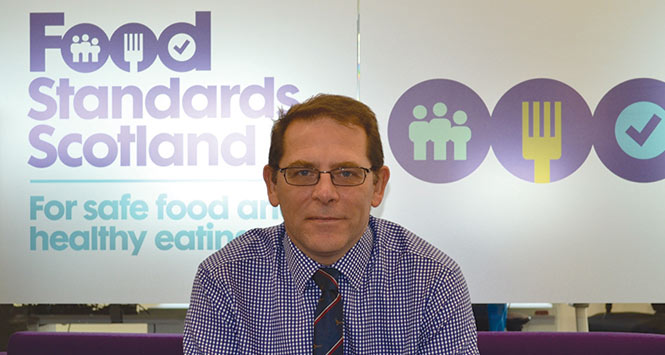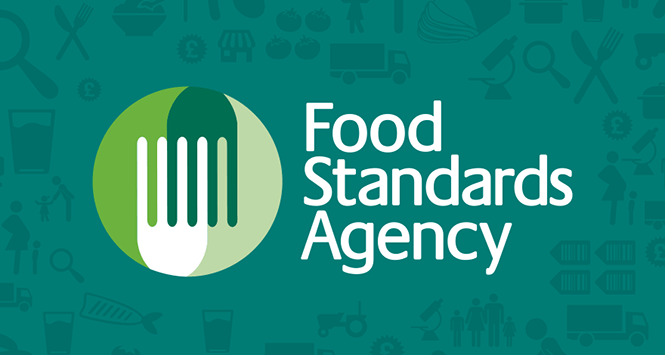With two out of every three Scots overweight or obese Food Standards Scotland has made recommendations to the Government that would see drastic changes to the national diet in an attempt to improve our diet, something c-stores should be monitoring very closely.
by Geoff Ogle, Chief Executive, Food Standards Scotland
It’s a shocking but nevertheless unsurprising fact that two out of every three of us are either overweight or obese. The issue of poor diet in Scotland is unfortunately deep rooted with negligible change for the last fifteen years.
Food Standards Scotland (FSS) was established on 1st April 2015 and we were set up to improve the extent to which the public have diets which are conducive to good health. It was a key concern during the Parliamentary debates and perhaps explains the reason we have a statutory obligation on diet.
Our latest situation report, The Scottish Diet: It Needs To Change, published in December 2015, highlights Scottish dietary data and health statistics which recognise collaborative effort is paramount to improving the health and prosperity of our nation.
Most of the western world is eating too much of the wrong things and we’re no exception to overindulgence. As a nation, our diet is high in fat, sugar and calories and too low in fibre, fruit and vegetables and other healthy foods like oil-rich fish.
The poor Scottish diet is making us sick and it continues to cause a number of cancers, contributes to heart disease and stroke, high blood pressure, tooth decay and type 2 diabetes.
One key problem is that too much of what we consume is made up of discretionary foods such as biscuits, cakes, savoury snacks and sugary drinks. These consumables are considered discretionary because they’re not necessary as part of a healthy balanced diet with little, if any, nutritional value.
The health issue prevails when these ‘treats’ spill into and/or become part of our daily diet. Treats are not an issue but our problem is we are having too many treats.
What can consumers do? Reducing intakes of discretionary foods and drinks by half would be a major step forward as would using the Eatwell Everyday recommendations.
Reducing intakes by half would be a step in the right direction towards reducing energy and sugar intakes. Replacing some discretionary foods with additional fruit and vegetables would also improve the balance of our diet and move the nation towards meeting the dietary goals.
Improvement is not solely down to individuals though. Promotion of discretionary food and drink is a real cause for concern. We know that discretionary foods are more frequently sold on promotion than fruit, vegetables, oil-rich fish, starchy carbohydrates and bread.
Data also shows that when we buy food and drink away from home – from cafés, restaurants, takeaways and so on – we find it difficult to select healthy options and tend to choose more discretionary items.
It’s good to know that in a recent survey conducted by FSS, over half of Scottish consumers would like to cut back on the amount of discretionary foods that they eat. But the same survey also told us that a lot of our diet is a habit, for example eating chocolate while watching TV.
We all recognise the problem but the fact that around three quarters of adults in Scotland say their diet is healthy while at the same time the majority – two thirds – are either overweight or obese highlights we need to change our habits.
Habits are hard to break but it is what we need to do and shifting our mind set, reducing discretionary foods and increasing intake of fruit, vegetables and fibre is how we can become a healthier nation.





